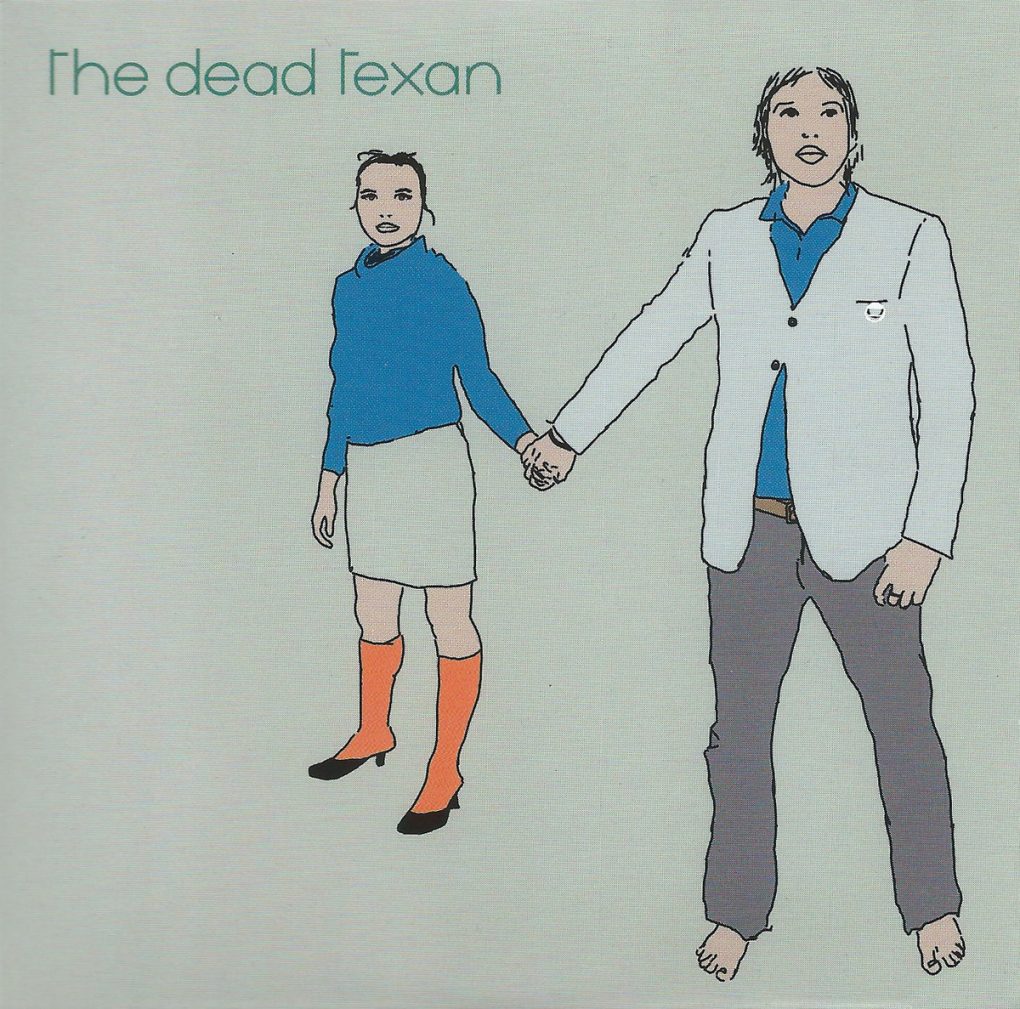
The Dead Texan was a one-off audio-visual project by ambient musician Adam Wiltzie and filmmaker Christina Vantzou.
Wiltzie has released music with several bands, and helped to score films like “The Theory of Everything” and “Arrival,” but before his life as a musician, he had another career path mapped out: as a tennis player. He was a successful junior with a top-level coach, but the upwards curve from junior to pro was cut off by a knee injury that would rule out professional sports from his future.
There can’t be too many people who have made the transition from budding sports star to ambient musician. I wouldn’t be surprised if Wiltzie was the first person to do so.
After all, the world of sports is not the first place most people would look to find the type of beauty that is the signature of Wiltzie’s music.
Poetry, sculpture, fashion, architecture, botany…there are plenty of fields of study that seem more comfortable with the language of beauty. Conversations about athletics tend to stay in the orbit of words like ‘courage,’ ‘grit,’ ‘strength,’ and other terms borrowed from the language of adversity and war.
The competitive nature of most sports means that those words fit very well. But sports can produce moments of beauty, and it might be the aggression and bravado and posturing of most sports that make those moments of beauty so striking and so valuable.

I spent a lot of time watching various sports as a kid, and something I remember very clearly is that even before I knew the names or jersey numbers of the best players, I could tell who they were by the way they moved. Michael Jordan gliding through a clump of hapless defenders. Mario Lemieux turning opponents into practice pylons. Maradona operating at a different speed than anyone who tried to stop him. They just looked different from everyone else.
They captivated me, not because I knew how difficult it was to do what they were doing (I didn’t) or because they were my favourite players (they weren’t). It was the way that those players appeared to manipulate what was happening around them; they weren’t only controlling their bodies, but conducting the movements of all the other players, the ball, the puck, making everything move together so that they could do whatever they wanted to do.
Great poets, architects, painters, and all those other beauty-makers do the same thing, but generally, they do so with hours of planning and coordinated execution. The athletes who entranced me somehow did the master architect’s work on demand, from blueprints to construction in real-time. What’s more, they did it with the seeming cooperation of the ball (which was supposed to be bound by the impartiality of physics) and the opponents (who were supposed to be thwarting them).
I think this is what the American author David Foster Wallace called ‘kinetic beauty.’

Wallace, like Adam Wiltzie of The Dead Texan, was a competitive junior tennis player, before becoming one of the most celebrated writers of his generation. He wrote frequently and beautifully about tennis, and the athlete who most embodied kinetic beauty for Wallace (and for me now that I’m an adult) is Roger Federer.
Federer won the 100th title of his career this past weekend, and he routinely forces commentators to borrow from the vocabularies of poetry, painting, and dance to describe what he is able to do.
Because he’s about my age, watching Federer play is simultaneously motivating and dispiriting; it inspires me to get out and play, but makes me feel physically hopeless. He’s out there, floating gracefully around a tennis court, while I fumble to put on pants without falling over.
But once my pants are successfully on, I do end up getting out and playing. Losing yourself in the physical demands of a sport can do wonders for a cluttered mind. If there’s a sport you used to love playing, a sport that made you feel like you could fly, try to get back to it.
Or if you can’t play it yourself, go see professionals do it. Not through a screen, but live. There is something magical, engrossing, and utterly beautiful about the physical limitations of the human body, and the way that top-level athletes make it look so easy to push those limitations.
And if you can’t stand the chaos of screaming fans, block them out with some headphones, and the beautiful music of Adam Wiltzie.
What makes this a beautiful song:
1. I don’t know what Wiltzie was like as a tennis player, but judging from his music, he must have been the calmest player in history. To give you an idea of how downtempo his music is, consider this: the songs on The Dead Texan were songs that Wiltzie had originally written for one of his other bands, but rejected because he found the tracks “too aggressive.”
2. The main melodic line is carried by the bass guitar. It’s a simple little riff that repeats hypnotically, like a player practicing a simple drill until a movement is perfected.
3. The lyrics speak of moving quickly and slowly at the same time. It makes me think of the way the greatest athletes can move faster than anyone else while simultaneously making the rest of the world appear to slow down to meet their needs.
Recommended listening activity:
Methodically re-lacing an old pair of running shoes.